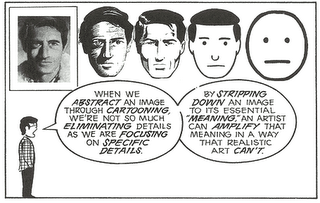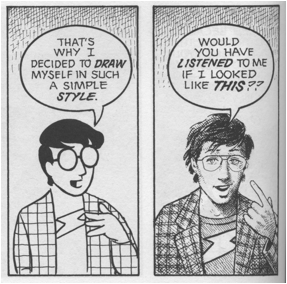I liked it better when it was less detailed and called cell shading
...did you link the Wikipedia article on "cell damage" on purpose?
From an artists' view, the style this artist used created such illusion of 3d that there's a real satisfaction to seeing it expanded into three dimensions. I hope that helps.
Wait, are we talking about Herge, or Otomo? (Or Tezuka, since Paco brought up Metropolis?)
Anyhow, assuming we're talking about Herge, the illusion of 3D you speak of comes down largely to his detailed, realistic backgrounds -- which work in contrast to his simpler, more iconic characters. Tintin in the Uncanny Valley misses the point -- Tintin is not about a boy reporter, his dog, and their colorful supporting cast; it's about a very specific style of visual storytelling. (Just as, as Alan Moore put it, The Spirit is not about Denny Colt fighting crime from a graveyard, it's about panels on a page.)
Anyhow. You can absolutely create the illusion of depth in traditional animation, and do it gorgeously. If you need an example, well, you could do a lot worse than Akira.
I forget, have you read Understanding Comics? McCloud looks at Herge at some length, and my favorite chapter goes into the realistic-versus-iconic continuum.





